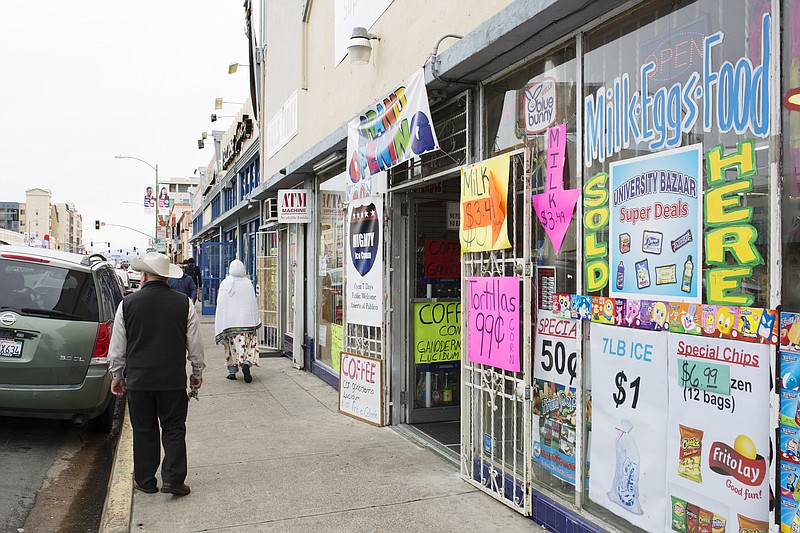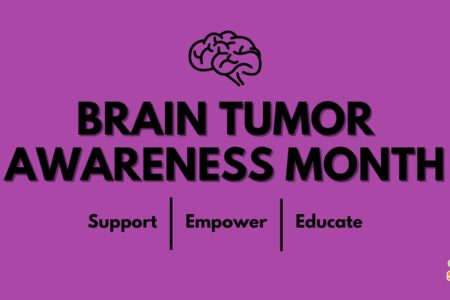
Share On Social!
Recent national numbers regarding unemployment and poverty have been promising. For the first time since the Great Recession, Americans across the country have looked to be “better off” financially and economically. However, in one area of Southern California, those numbers have proven to not ring entirely true.
In San Diego County (33% Latino population), the Bureau of Labor Statistics reported that the unemployment rate fell from 8.8% in 2014 to 4.3% in 2016. Despite these circumstances, the Census Bureau released data showing that despite there being more jobs, more people are falling into poverty. Analyzing the numbers between 2006-2010 and 2011-2015, the countywide poverty rate grew from 12.3% to 14.5%.
“The thing that people really don’t realize regarding poverty and hunger (is) the people most affected — the term that’s most commonly used — is the working poor,” said Jim Floros, CEO of the San Diego Food Bank in an interview. “It’s people really in lower-paying jobs, people struggling to get by, trying to make ends meet.”
Between 2011 and 2015, more than 450,000 people in San Diego County were living below the federal poverty line, which is defined as $12,082 a year for one person. These new numbers are more than during the five-year period that included the Great Recession (2007-2009).
In order to reduce health disparities, it is critical to address inequities in programs, practices, and policies. Join our site, connect with others, and get involved.
One thought as to why these numbers are the case is the type of jobs that are available. Among prime, working-age individuals living in poverty who had worked in the previous 12 months, 79.1% were working part time compared with just 20.9% who were working full time.
A report published last month by the Economic Policy Institute, a think tank focusing on low- and middle-income workers, found that 6.4 million Americans want full-time work but are “stuck” working part-time jobs. The report found that the number of people working part time involuntarily was 45 percent higher than it was before the Great Recession.
“We’ve created jobs as jobs but they’re not the same quality jobs in terms of both the pay and the hours that are available to folks,” said Peter Brownell, research director at the San Diego-based Center on Policy Initiatives in an interview. “[The] Great Recession wiped out many good-paying jobs. The recovery that followed hasn’t brought them back.”
Among the hardest hit by the new poverty “wave” are families headed up by single mothers. Latina women make up the majority of households raised by single mothers. The gender wage gap plays a significant role in these figures.
“Compared to households that only have one parent that are headed by a father, women on average earn less than men and so I think that sort of gender pay disparity combined with the fact of it being a single-parent household makes those households and all the folks — including the kids in them — much more vulnerable,” Brownell said.
Read more about this story here.
Read stories similar to this one:
- Millions could get financial assistance paying for healthcare coverage. #SaludAmerica #GetEnrolled salud.to/2hgVxdh
- New App to Create a Culture of High Expectations Among Latino Kids @SaludToday #SaludAmerica #LionelSosa salud.to/2hu8myb
By The Numbers
142
Percent
Expected rise in Latino cancer cases in coming years



